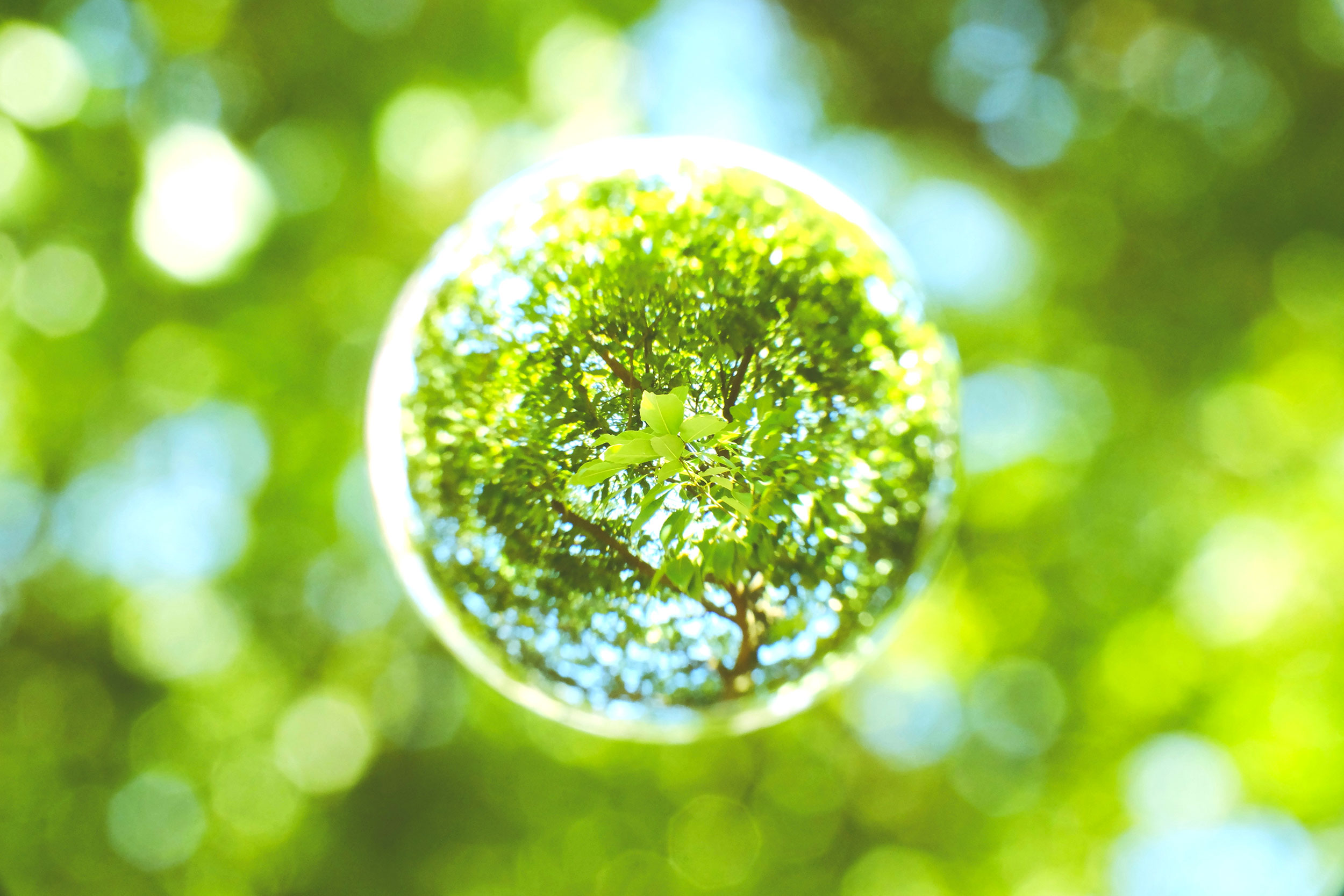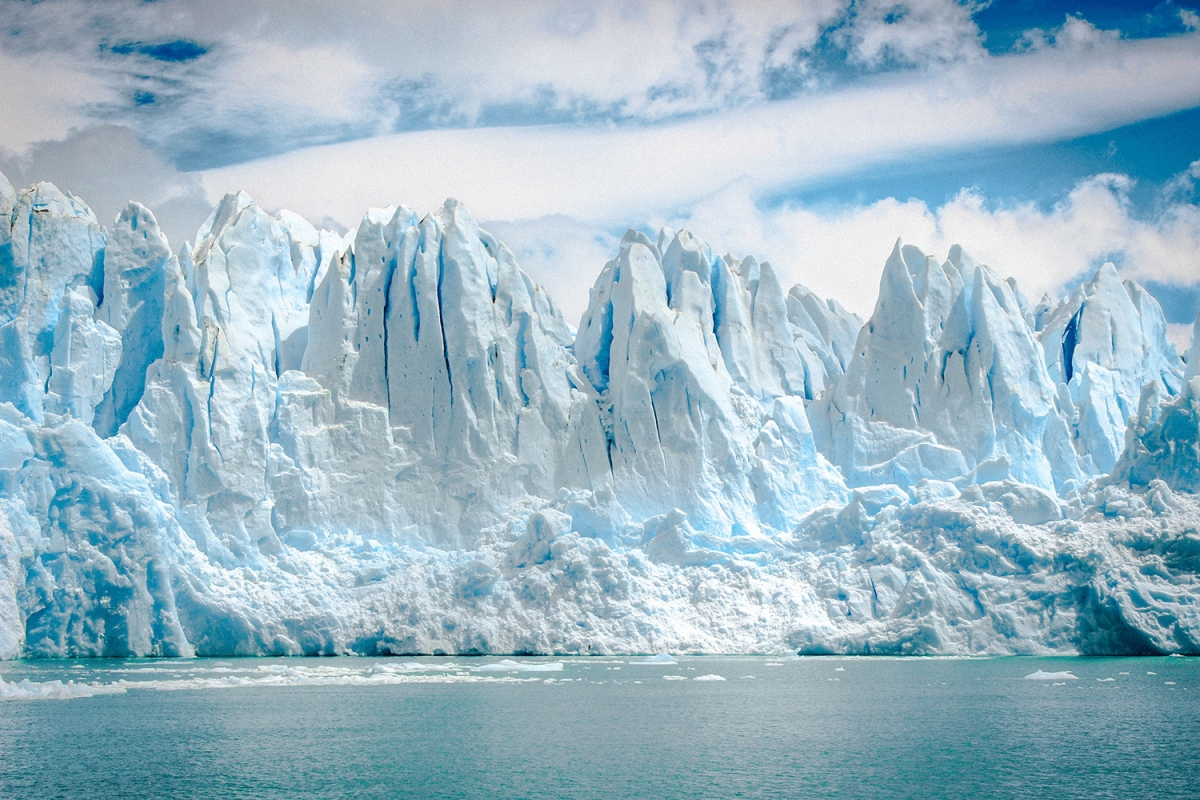Climate change has conditioned the fate of humankind throughout the course of its existence and some examples can demonstrate this. The cold climate and the consequent drop in the level of the oceans has allowed the setting of humankind in Oceania and then in the Americas, tens of thousands of years ago. The warm climate of the period between 800 and 1250 allowed European societies to flourish again after the
upheavals of previous centuries. The cooling of the climate and the worsening of the harvests were among the causes of the great European hunger that began in 1315 and of the social upheavals in China in the mid 1600s.
All of these and many other social phenomena linked to climate change, however, belong to a historical era that is profoundly different from the present one. While until the mid-1800s the alternation of cold and heat was due to factors independent of human activity, from the second half of the 1800s things changed. The industrial revolution was made possible by the use of fossil fuels, in enormous quantities, and these release in an instant levels of energy capable of feeding larger and much more powerful machines than the previous ones. But these same fossil fuels (coal, then also oil and gas) release immense quantities of greenhouse gases into the air, capable of creating a layer that traps the earth's heat produced by the sun and pushes it downwards, causing planetary temperatures to rise. Since 1873 the Italian geologist Antonio Stoppani spoke of the beginning of the "anthropozoic" era (today we speak of "Anthropocene") to indicate the transition to a world in which human beings are able to produce transformations of the planet, which previously were only produced by natural forces.
The transformative impact of human beings on the whole planet since the 1960s has begun to worry growing groups of scholars and activists. The progressive worsening of the quality of the environment and the simultaneous improvement of scientific knowledge have led to the development of an awareness of the problem that has progressively spread. Today we know that the anthropozoic era of which Stoppani spoke has irreparably damaged the biodiversity of our planet, has irreversibly modified the global flows of phosphorus and nitrates, is causing almost irreparable damage to the system of land use and strongly risks causing an increase in global temperatures, which can put at risk the very survival of the human species. The level of temperature rise beyond which the global situation will become uncontrollable, taking as initial and final references the years 1880 and 2100, ranges between 1.5 and 2 degrees Celsius, depending on whether or not they include the risks of disappearance of some islands (e.g. Tuvalu). Already today we record the increase of 1 degree compared to 1880 and scientific projections tell us that, with the policies currently implemented, in 2100 we will reach an increase of 3 degrees.
This scenario poses an unprecedented challenge to the whole of humanity and to schools. The change in both policies and production practices, as well as in individual and collective lifestyles, is urgent and cannot be postponed. The effects of a still relatively limited climate change are already being felt with dramatic results in the South of the world (the flight from desertified and non-cultivated lands is an example), and with progressively more damaging and visible effects also in the North of the planet. International agreements (the Kyoto Protocol and the Paris Agreement of 2015) exist and have obtained partial effects, but their level of implementation is still completely insufficient to face a problem that requires a great deployment of cognitive, political and productive reconversion means.




